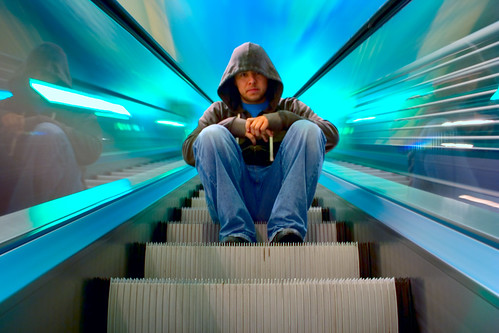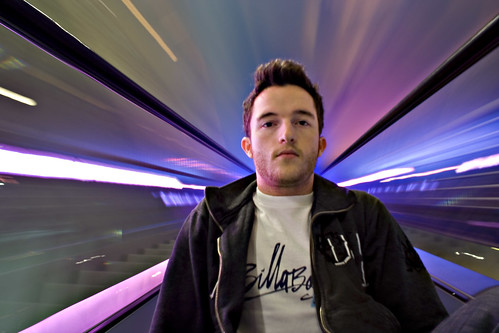If there is one feature on Facebook that I just don’t “get”, it’s Poking. You can poke a friend or a non-friend and that person will see a notification in their sidebar the next time they sign in. It would be a cool feature if Facebook did not have the “news feed” that displays your friends’ recent activity, because the poke could represent an unobtrusive way of saying “Check out the changes I made to my profile.”
I don’t know if I have as many application requests as Clintus McGintus (I caught a glimpse of his flooded Facebook sidebar at PodCampAZ). I used to clear out my requests every time I signed into Facebook, but realized that those seconds add up and only served to distract me from going in there and doing what I really wanted to do (check my FB fanmail*). I stopped clearing out the requests and noticed that the sidebar filled up quickly. With 10,000+ Facebook applications available, you can imagine how your Facebook sidebar could end up looking if there are not measures in place to limit the number displayed (and provide a link to show the rest). After 40 applications piled up on my sidebar, I started thinking about the 7 pokes I had below that.
It is a simple experiment and perhaps I am the only person who wonders about this. How big can that sidebar get? Application requests come naturally as your friends install and use them. If you ask for more of those, you are asking for a lot work from your friends (go to application page for each application, find invite utility, select my name, send invite). However, with pokes, you can provide a link and anyone (friend or not) can poke you in a matter of a few seconds.
I grabbed the link to my profile and sent it out to my friends on Twitter, asking them to poke me. I discovered that, unlike the application request list, the poke list does have a limit to the number of items displayed at a time. After 20 pokes, a link appeared to “see all” on another page. With almost 80 pokes, I had 4 pages of pokes to view.
For the sake of an interesting visual, I used Photoshop to piece together the 4 pages of pokes to show how they would look without the “see all” functionality. Only the top 20 pokes are actually appearing on my Facebook home page.
* = That “FB fanmail” remark was a joke ;–)




